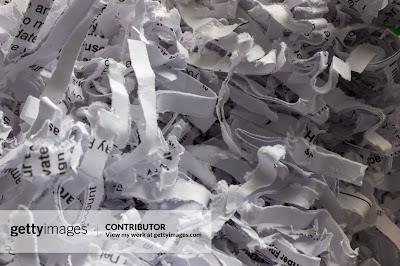Toothbrushes in a glass - one orange and one blue - reflected in a hotel mirror. Click image to license.
© Evan's Studio, 2019
Which one is better: brushing your teeth before or after breakfast?
Studies have been mixed and there is no significant winner. In this blog post we will look at the case for brushing your teeth before breakfast and the one for brushing your teeth after breakfast.
Brushing Before Breakfast
The case for brushing your teeth before breakfast is that bacterial levels in your mouth are at their highest right when you wake up. Brushing your teeth before breakfast can help eliminate this bacteria before it has a chance to feed on the remnants of your morning feast.
Brushing before breakfast can also kick-start the production of saliva. Saliva is a protective force inside of your mouth and helps neutralize acidity that can break down tooth enamel.
Brushing After Breakfast
Brushing after you eat breakfast eliminates any remaining food and leaves the fluoride intact for the remainder of the day. Some argue that the fluoride from brushing may be displaced by eating and chewing afterwards.
Some experts say that brushing your teeth too soon after breakfast can actually damage your enamel, especially if you are eating acidic foods. Others counter that the damage is not significant. Many dentists recommend waiting 30 minutes after you eat before brushing and drinking or gargling water in the downtime.
The Best Of Both Worlds
If the experts are stumped, why not brush before and after breakfast?
What are your thoughts? Do you brush before or after breakfast? Or both? Leave a comment below.






